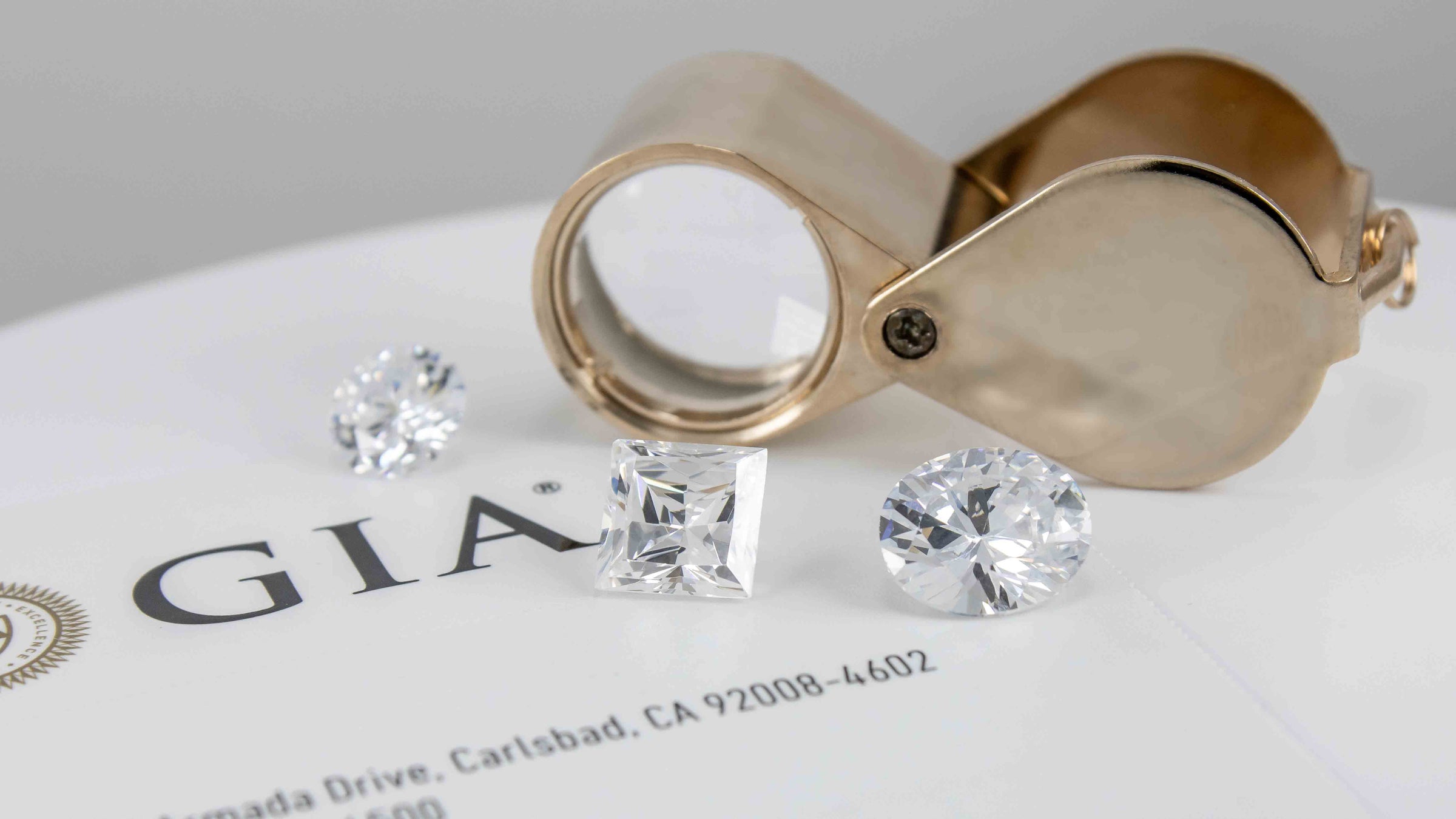About Emerald Cut Diamond
What is an Emerald Cut Diamond?
The emerald cut diamond boasts a sleek, elongated rectangular shape and precise step cuts that feature straight linear facets arranged parallelly down the stone. Typically, the corners of an emerald cut diamond are cropped to ensure stability and prevent fractures. This cut offers deep clarity and a large surface table, with long step cuts that reflect both white and colored light abundantly. While emerald cuts are more commonly found in rectangles, they are also available in squares.
When considering a diamond, several aspects such as depth %, table %, and length to width ratios can affect its appearance and the amount of light it reflects. For a finely cut emerald diamond, it is recommended to focus on a depth below 74%. Although it is crucial to consider all the specifications, the depth is particularly significant for achieving an exquisite emerald cut diamond.
When it comes to diamonds, the length to width ratio is an important factor in determining its shape - whether it's square or elongated. This ratio is calculated by dividing the length of the diamond by its width. For instance, if a diamond's length is 6mm and its width is 4mm, the length to width ratio would be 1.50, indicating a rectangular shape. Conversely, a ratio close to 1 indicates a square shape, where the length and width are similar.
For emerald cut diamonds, the ideal shape is rectangular, with a classic ratio range of 1.30 to 1.60. However, most people opt for a ratio close to 1.50, although you might have your own preference for a slightly wider or longer diamond shape.
How are Step Cut Diamonds Distinct?
Step Cut diamonds, such as Baguettes, belong to a family that also includes Emerald and Asscher Cuts. The defining characteristic of Step Cut diamonds is their straight, well-defined facets. As a result, Baguettes have a distinct appearance from Round Cut diamonds, with less brilliance and sparkle.













